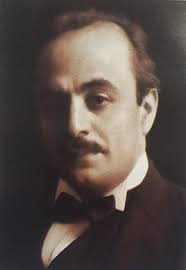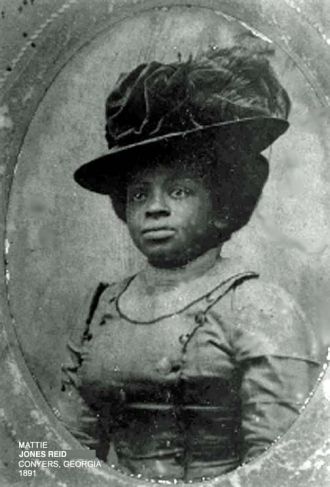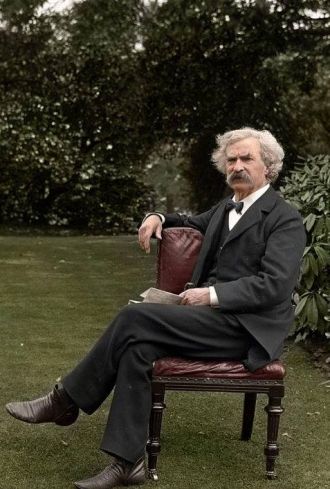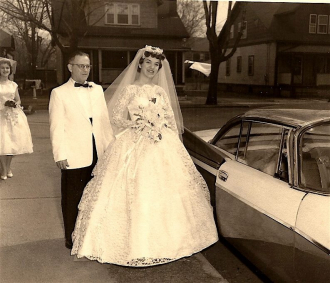Khalil Gibran age 15
Khalil Gibran (born Gubran Khalil Gubran - when he registered for school they mistakenly changed his name!) was born in Lebanon and emigrated to the U.S. with his parents. He was the author of The Prophet (1923) - not especially popular with the critics when it was published but readers in the 1960's made this a classic. This made him the 3rd best selling poet of all time.
I love this quote from "Sand and Foam" (1926): "Half of what I say is meaningless, but I say it so that the other half may reach you"
Photo courtesy of the Library of Congress, Fred Holland Day, photographer
I love this quote from "Sand and Foam" (1926): "Half of what I say is meaningless, but I say it so that the other half may reach you"
Photo courtesy of the Library of Congress, Fred Holland Day, photographer
Date & Place:
in Boston, Massachussetts USA

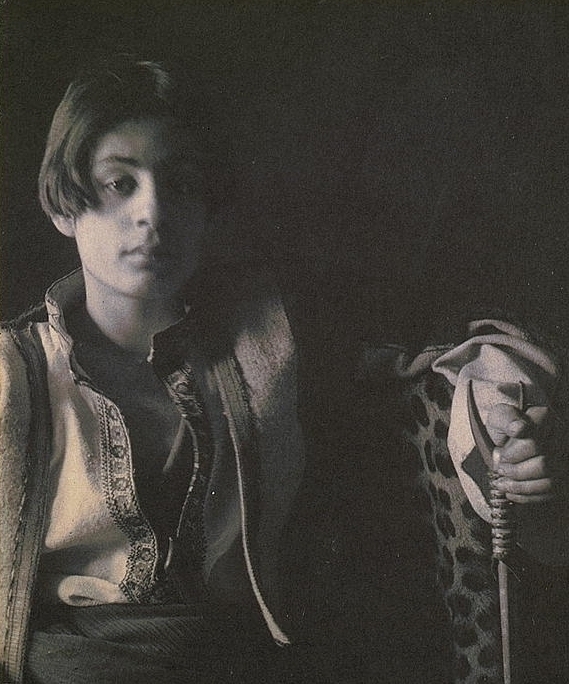
 Kathy Pinna
Kathy Pinna 
